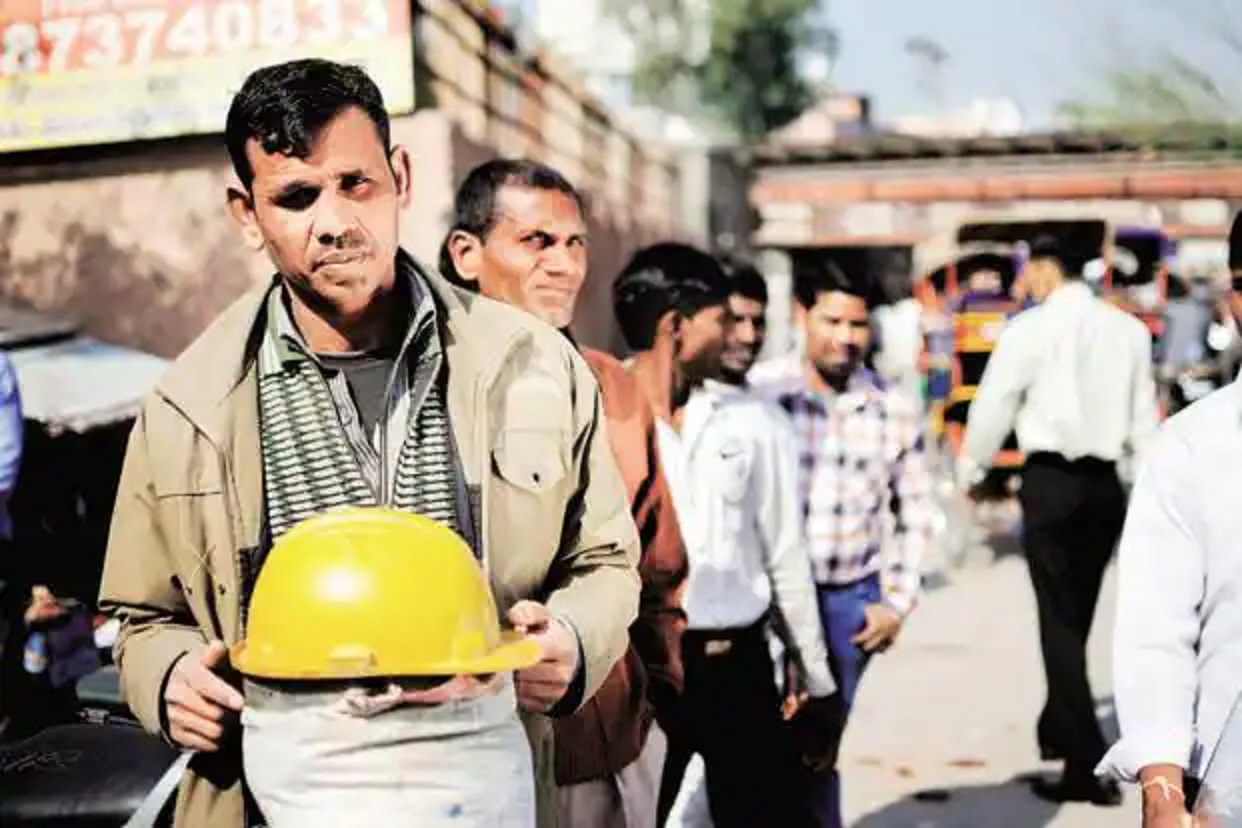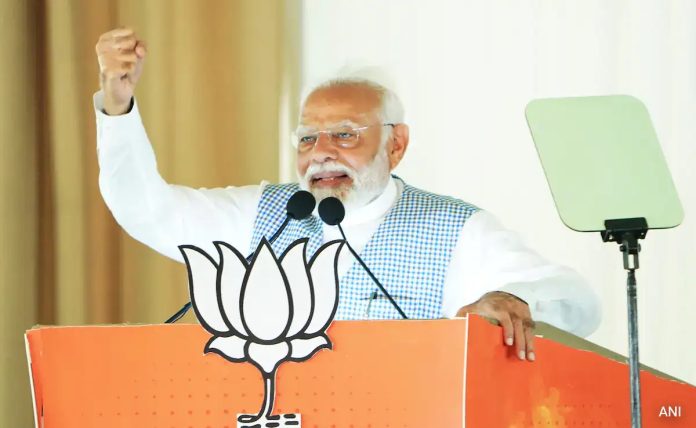- The Bharatiya Janata Party-led National Democratic Alliance would have us believe that India as a nation is making rapid progress and is in line to become one of the most developed countries very shortly. Of course, the pandemic-induced economic meltdown and the ongoing conflicts between some of the countries across the world have signed the global community severely would be tantamount to an understatement. Thankfully, the Union Finance Ministry and the Reserve Bank of India’s timely initiation of prudent fiscal measures ensured India stayed afloat despite encountering several challenges from all around. Welcomingly, India has even sustained a steady GDP growth as compared to some of the most advanced nations. Undoubtedly, this should augur well for the BJP’s propaganda team as the parliamentary polls approach.

PC: Global Times
- The GDP growth over the last few quarters must have warmed the cockles of the countrymen as well as fiscal experts. The BJP never misses an opportunity to boast about how the administration has painstakingly created an atmosphere of all-round growth despite numerous challenges courtesy of fast-changing geopolitical and geostrategic situations. Mind you, India’s economic growth in the first three quarters of 2023-24 exceeded 8%, well above the most optimistic projections. A survey of youth in Delhi, however, indicates that headlines are missing something. Disconcertingly, eighty percent of the respondents said getting a job in the last two years was either difficult or very difficult. The growth is not translating into adequate opportunity for youth.
- Needless to mention, jobs are the No.1 economic and social issue. Let’s start with the big picture. The share of our working-age population is about 63%. It’s expected to be stable for a while. This is the much-talked-about demographic window in which an economy can transform dramatically. East Asian tiger economies did that. The window was used to create a demographic dividend. Now miss this opportunity, a country may stagnate. Concerns about two negative trends visible in the jobs market need honest introspection. People moved back to agriculture, which meant limited earnings. Also, many of the new jobs were in the unstable category of self-employed, especially for women. Therein lies the crux of this article. Everything is not hunky-dory, you see.

PC: Mint
- India’s youth employment profile suggests a crisis. The share of youth who are not in employment, education, or training has averaged 29.2% between 2010 and 2019. It’s the highest in South Asia. There’s a high proportion of unemployed educated youth even as industry complains of a shortage of labor for skilled jobs. Leave aside a few elite institutions, education in India is not a proxy for employability. To illustrate, about 3,700 PhDs applied recently for the post of a peon in UP police where Class V was the eligibility criterion. That’s the job market’s message. No surprise then that if 53.2% of the female workforce was self-employed in 2019, the proportion will increase to 62% in 2022. Many are not even paid. The opposition parties should exploit this glaring anomaly.






